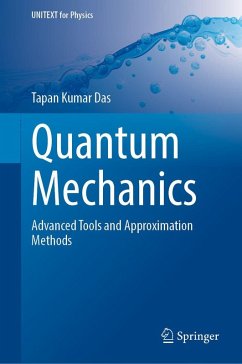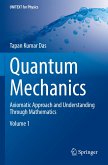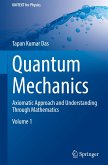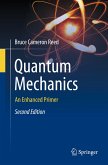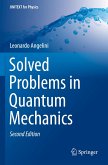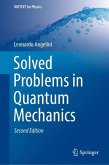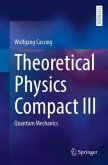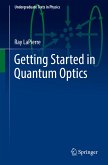This book highlights advanced quantum mechanics and is a sequel to the First Volume-Quantum Mechanics: Axiomatic Approach and Understanding Through Mathematics. Part I of the book presents commonly needed tools in a systematic sequence (in contrast with presenting a particular tool at random when needed) to prepare the reader for advanced topics. Topics included are: generalized angular momentum, spin formalism, addition of two, three and four angular momenta, rotation, symmetry, system of identical particles and occupation number representation. Part II deals with time independent approximation (perturbation, variation and WKB) methods. A glimpse of numerical methods for time independent problems is also included in Part II. Part III contains time dependent (perturbation, sudden and adiabatic) methods. Exact quantum mechanical solvability is explained by supersymmetric quantum mechanics in Appendix E.
Bitte wählen Sie Ihr Anliegen aus.
Rechnungen
Retourenschein anfordern
Bestellstatus
Storno

